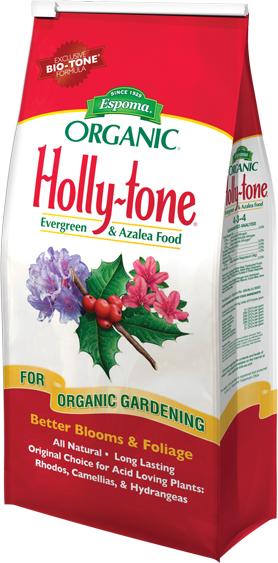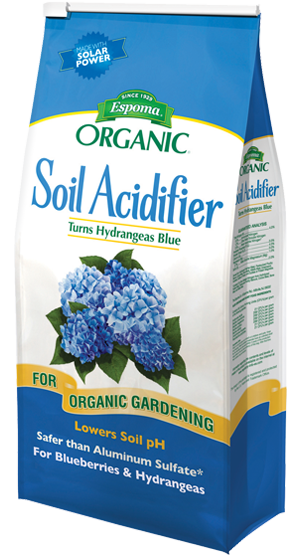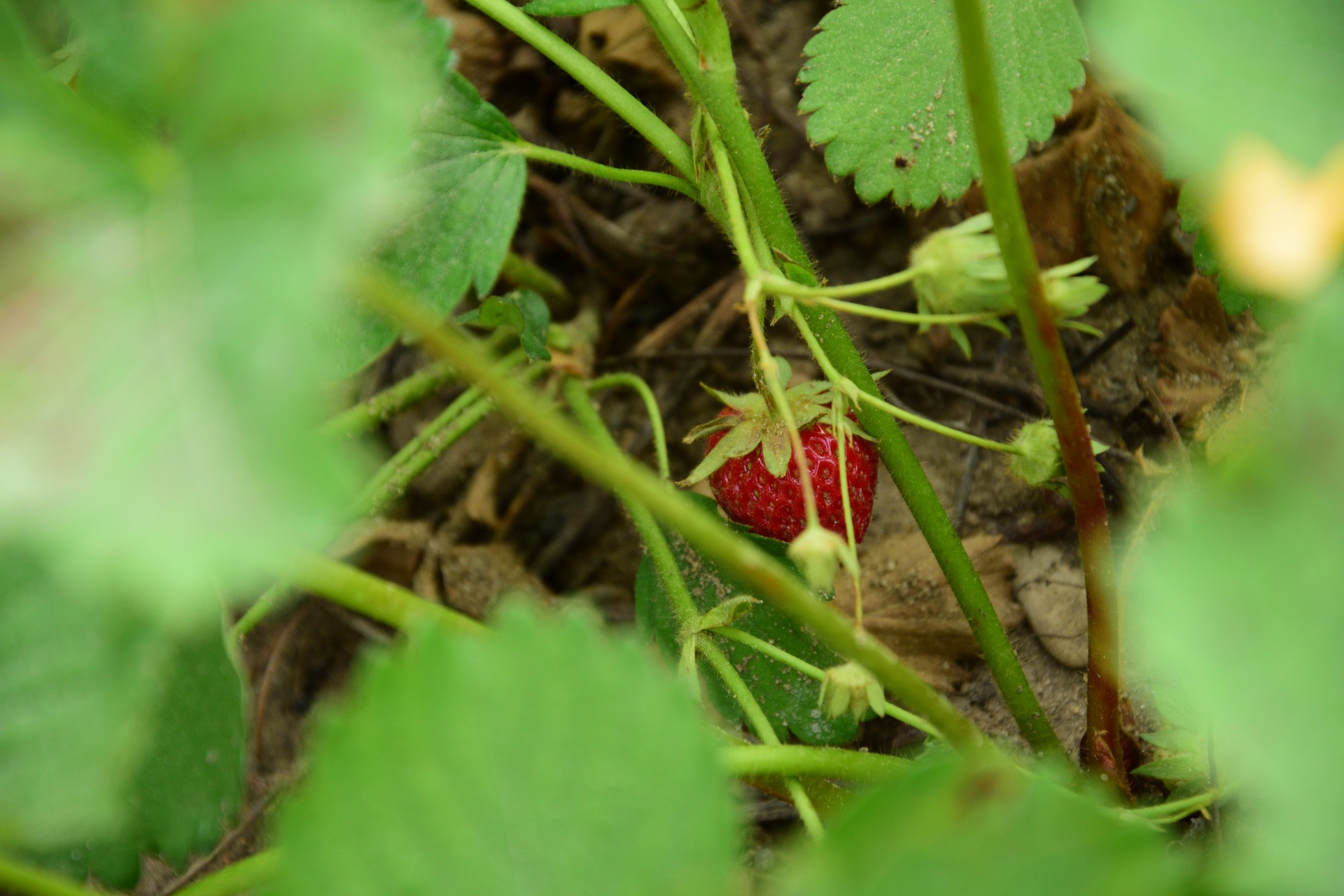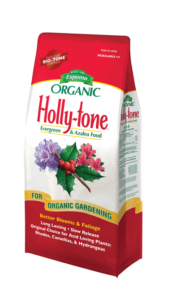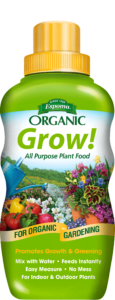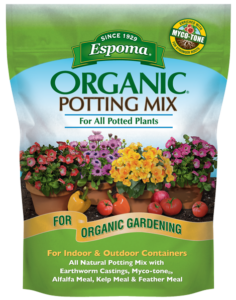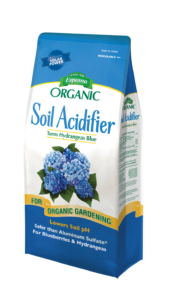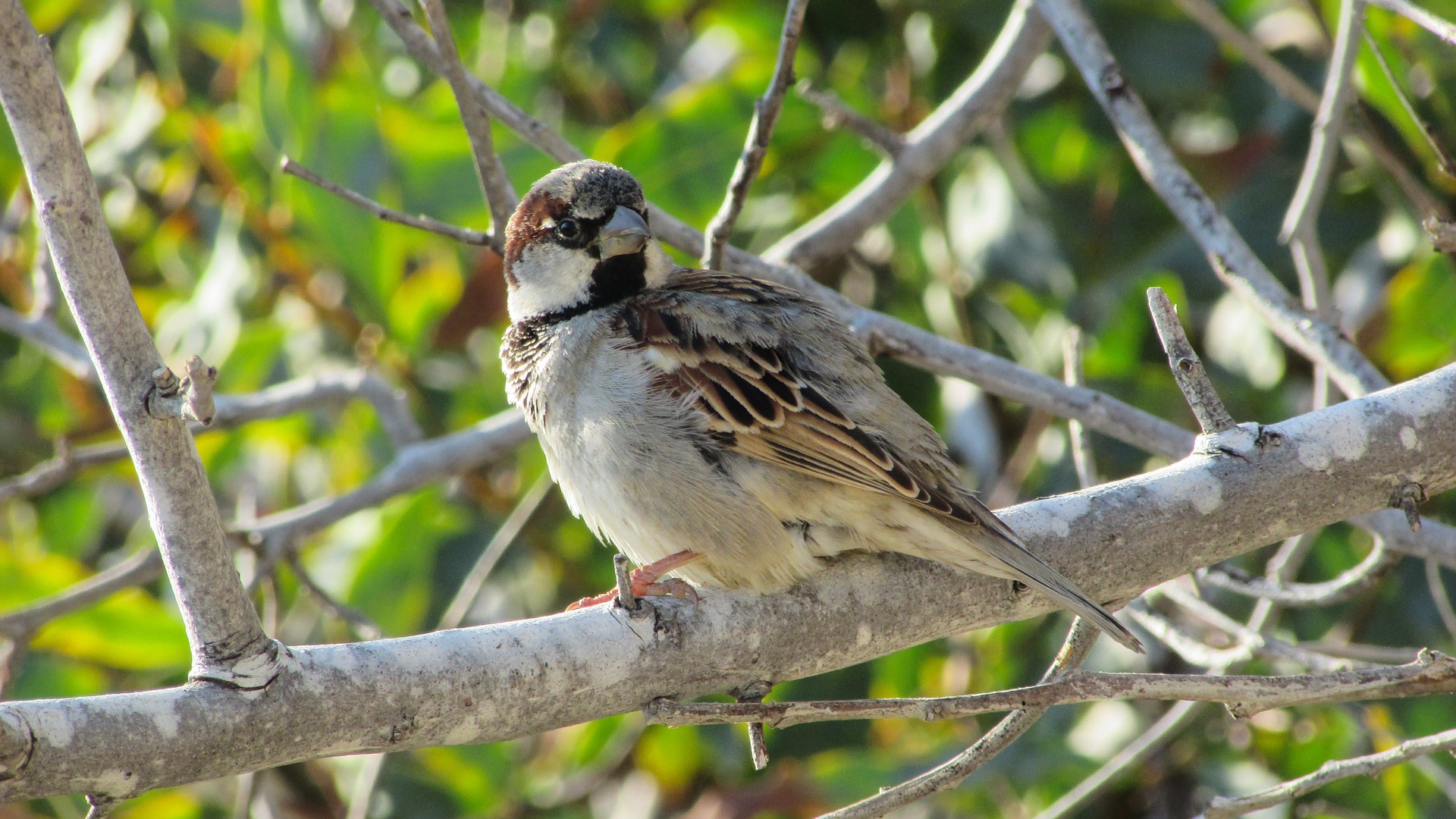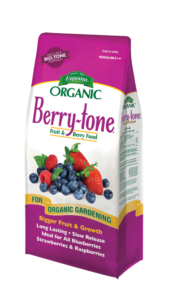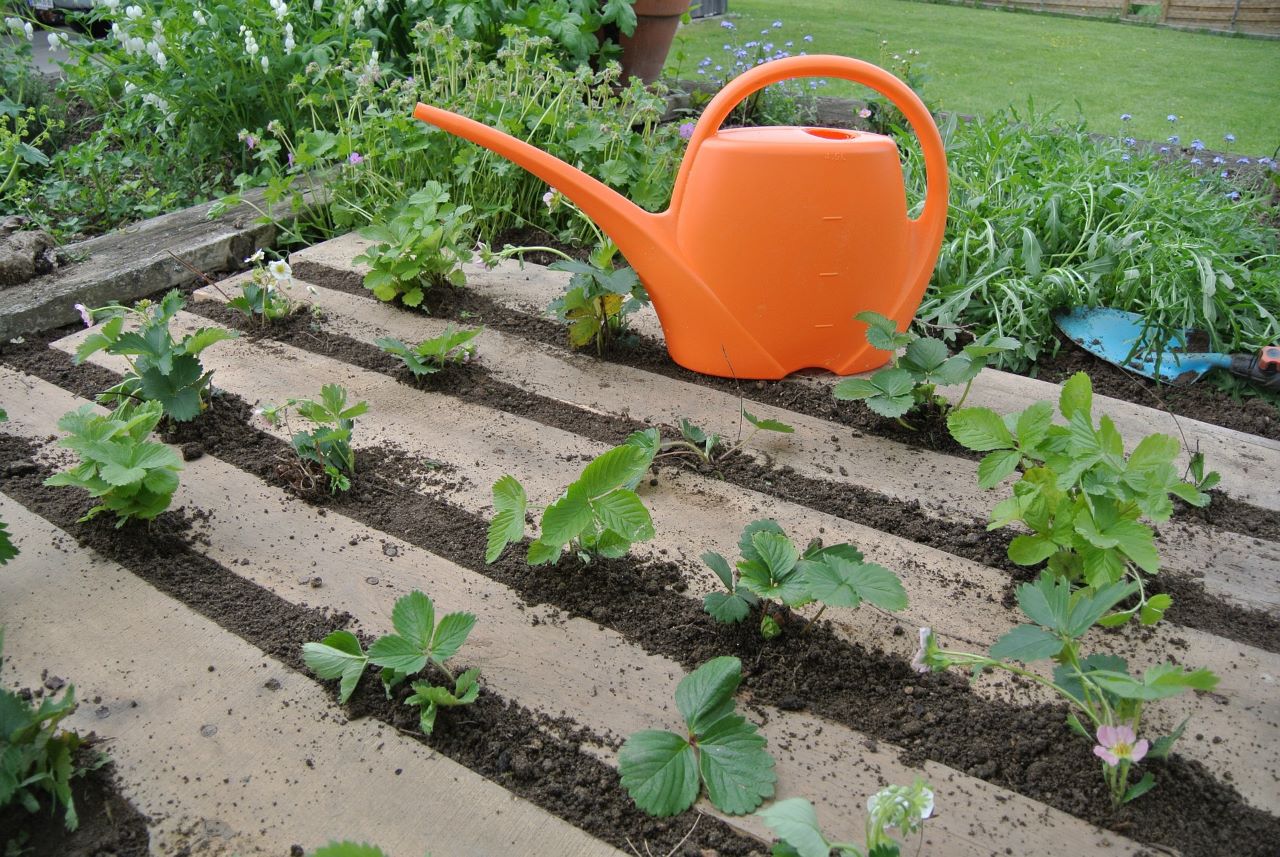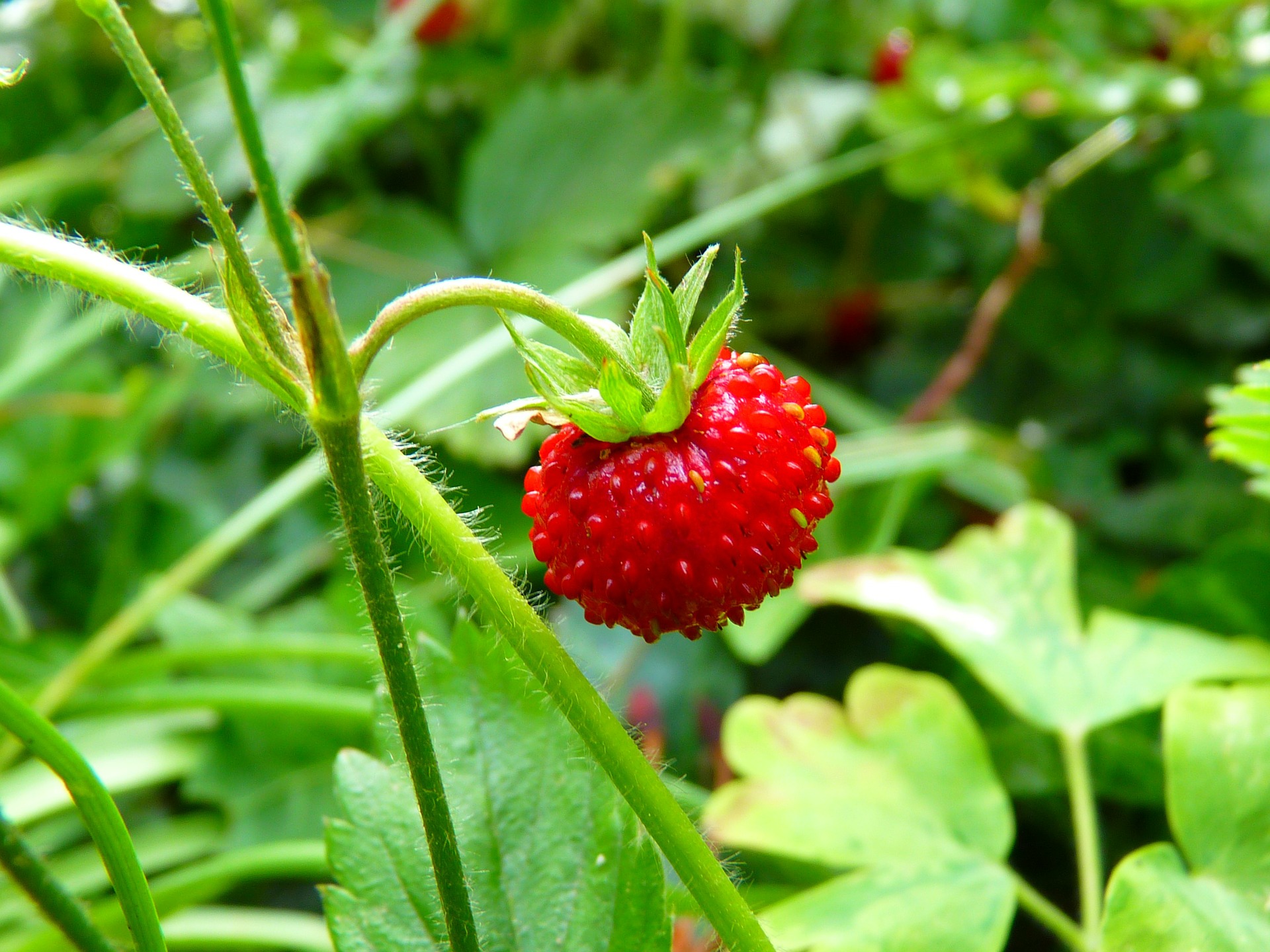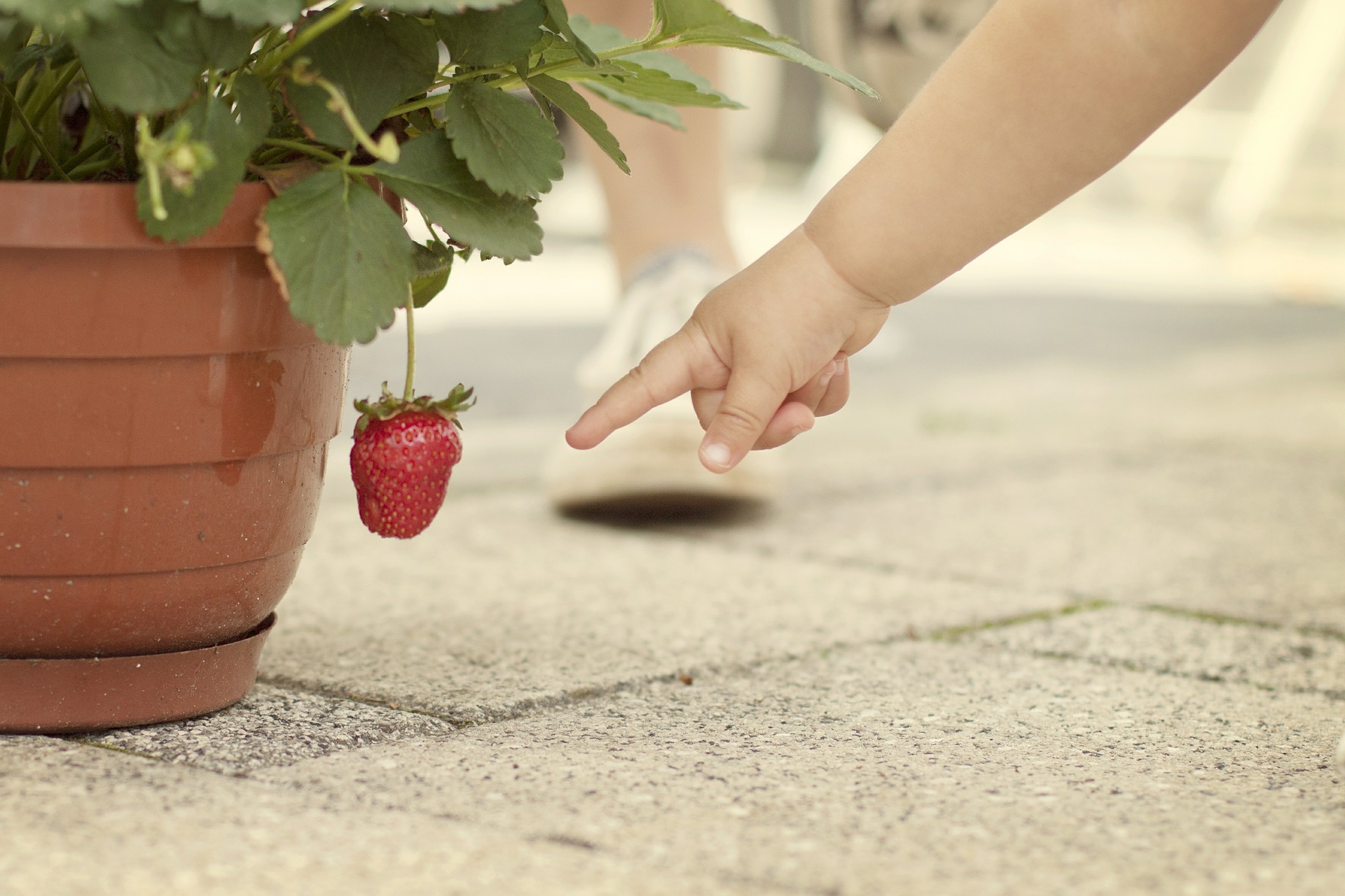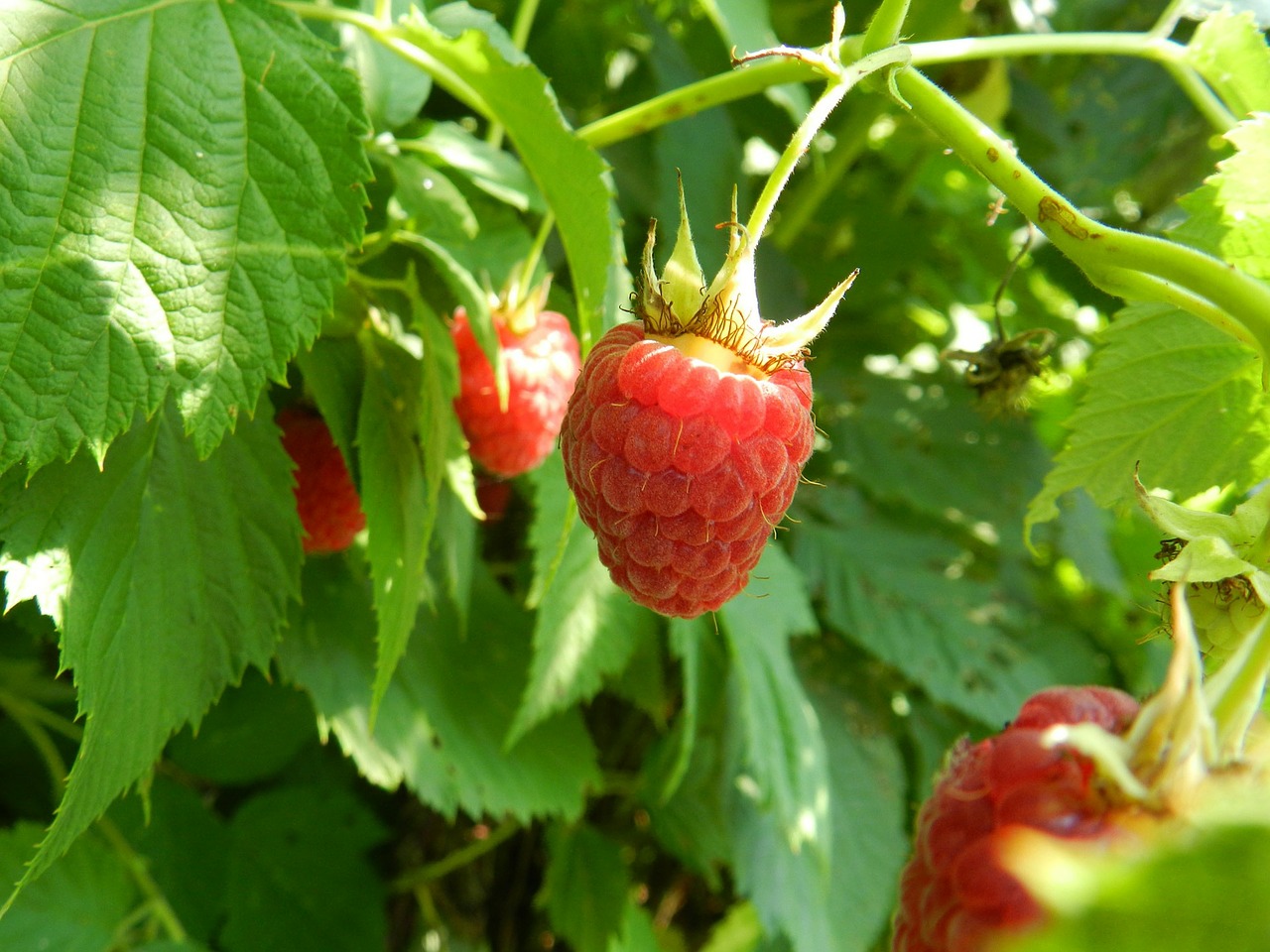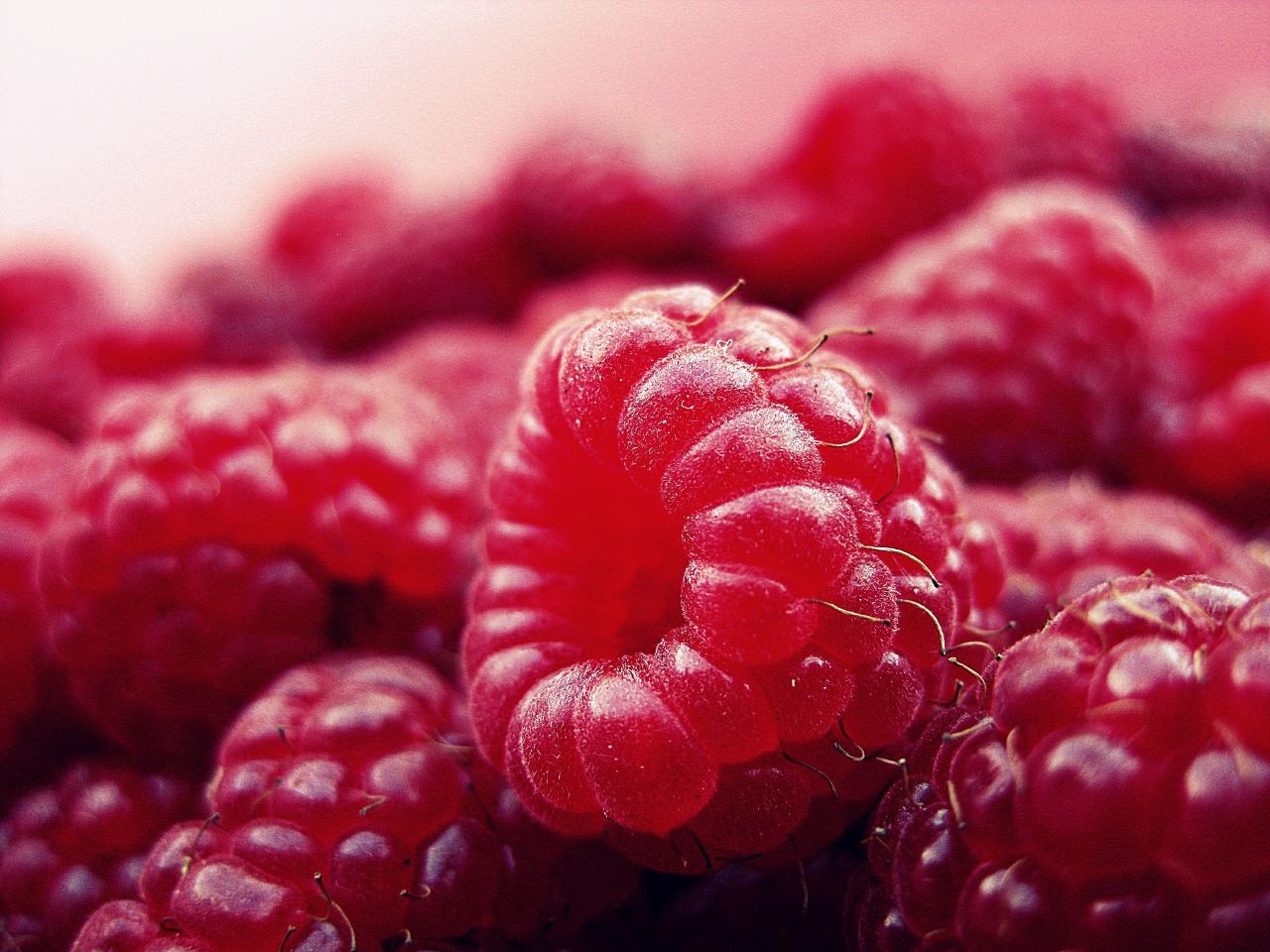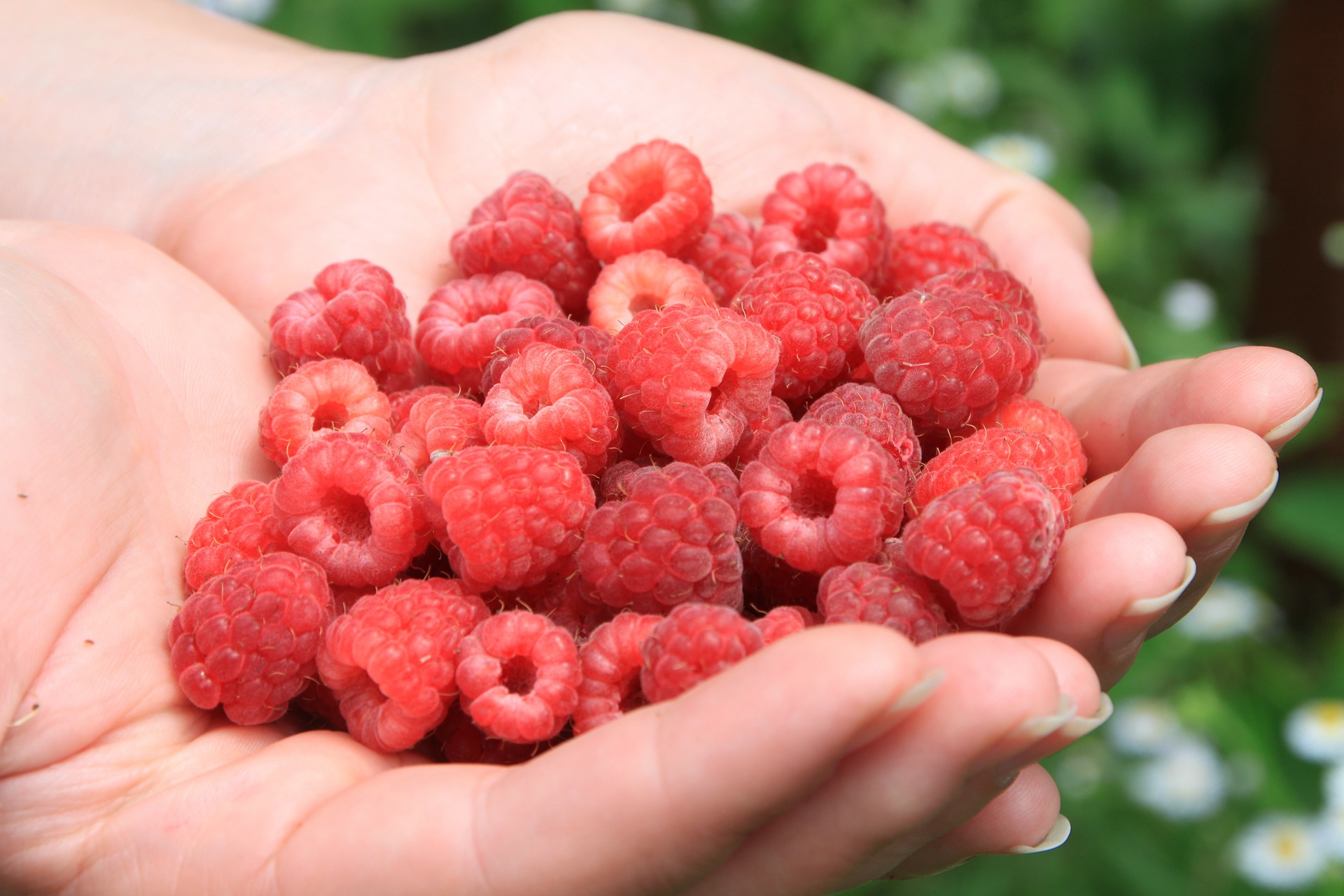There’s nothing like fresh-picked blueberries to add to a smoothie, salad or dessert. Rich in many health-benefiting nutrients, anti-oxidants, and vitamins, blueberries don’t just taste delicious, they’re also nutritious.
The secret to grow delicious, thriving blueberry plants: feed them, a lot.
Maximize your blueberry bushes’ health, help it resist insects and diseases, and boost your harvest by providing the right kinds of soil amendments.
When to Fertilize Blueberries
Fertilizing is recommended in early spring before the leaves have grown in. This gives the fertilizer time to be absorbed by the roots of the blueberry before it enters its active growth stage during summer.
Feed new plants once in early spring and again in late spring. Healthy, established plants should not need to be fed more often than once a year.
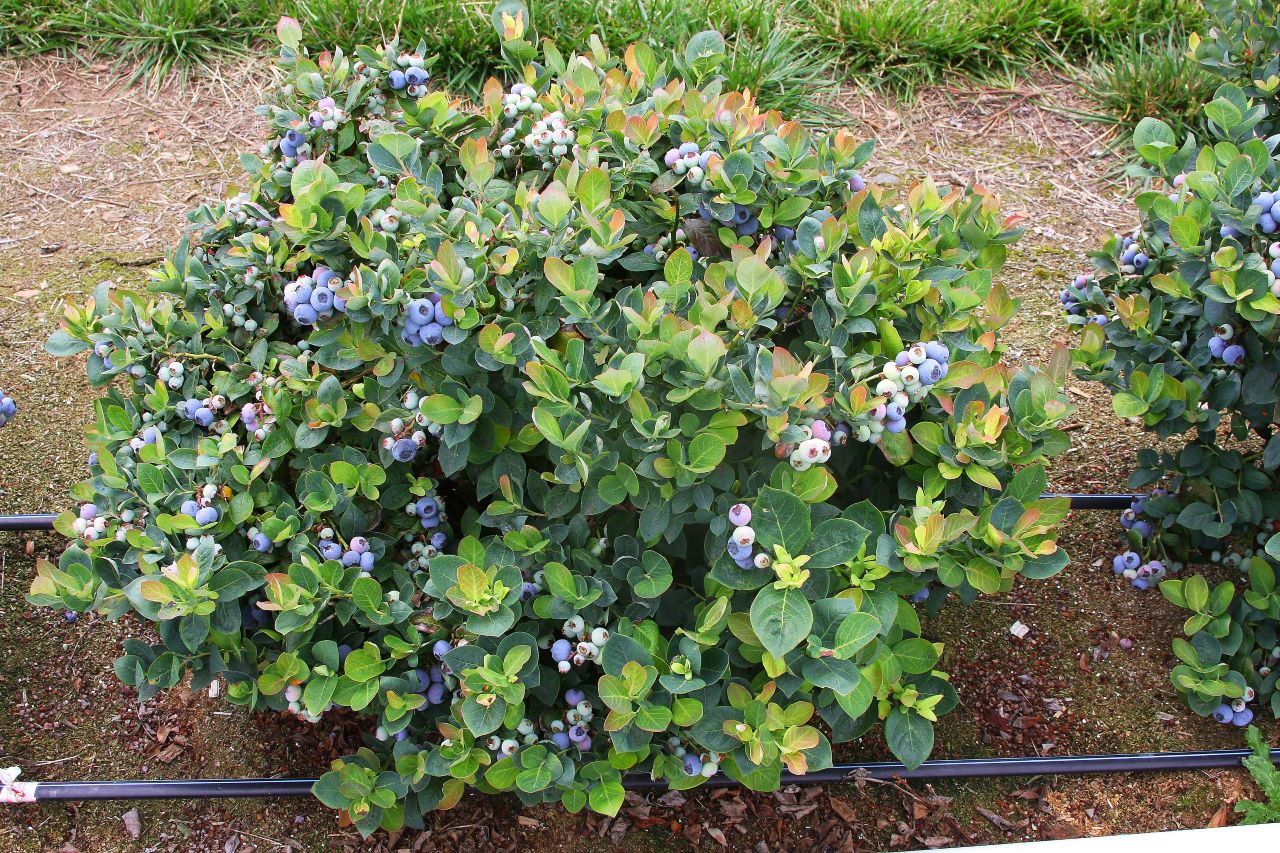
Photo courtesy of Bushel and Berry™
The Best Fertilizer for Blueberries
Blueberry bushes respond best to acid fertilizers such as those for rhododendrons and azaleas. Holly-tone has long been used by professional gardeners as the best source of food for berries.
From blocking weeds to conserving water, mulching goes hand in hand with fertilizing and is also very important for blueberry bushes. By feeding as it decomposes, mulch helps to maintain soil acidity. The best mulch options are oak leaves, pine straw or pine bark. Gardeners should spread it in a 3-4” thick layer.
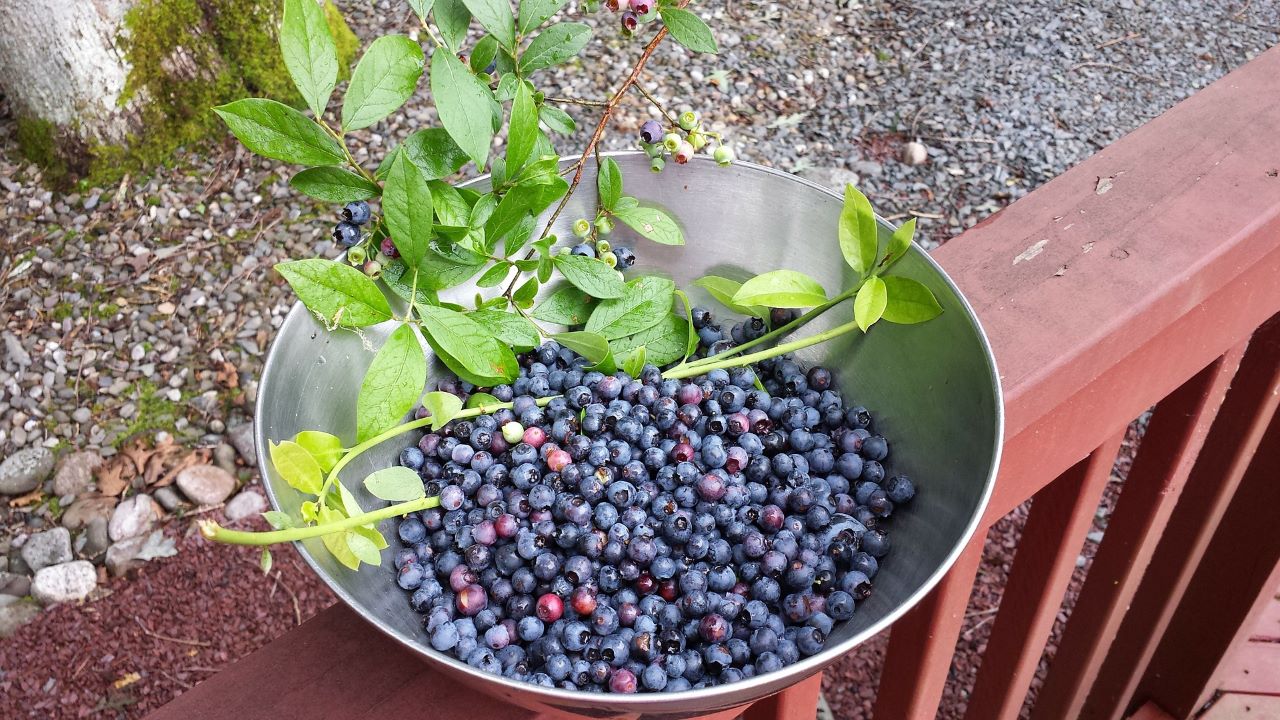
How to Fertilize Blueberries
For established plants, spread one cupful of Holly-tone per foot of branch spread. Double the quantity if branch spread is 3’ or larger.
If the area to be fed is mulched, remove as much mulch as you can, feed, and then restore the mulch on top of the plant food. If you can’t remove the mulch, just double recommended feeding rates.
To lower the pH of soils for optimum growth of acid-loving plants such as blueberries, you can also mix in Soil Acidifier as needed.
Always water well after fertilizing.
